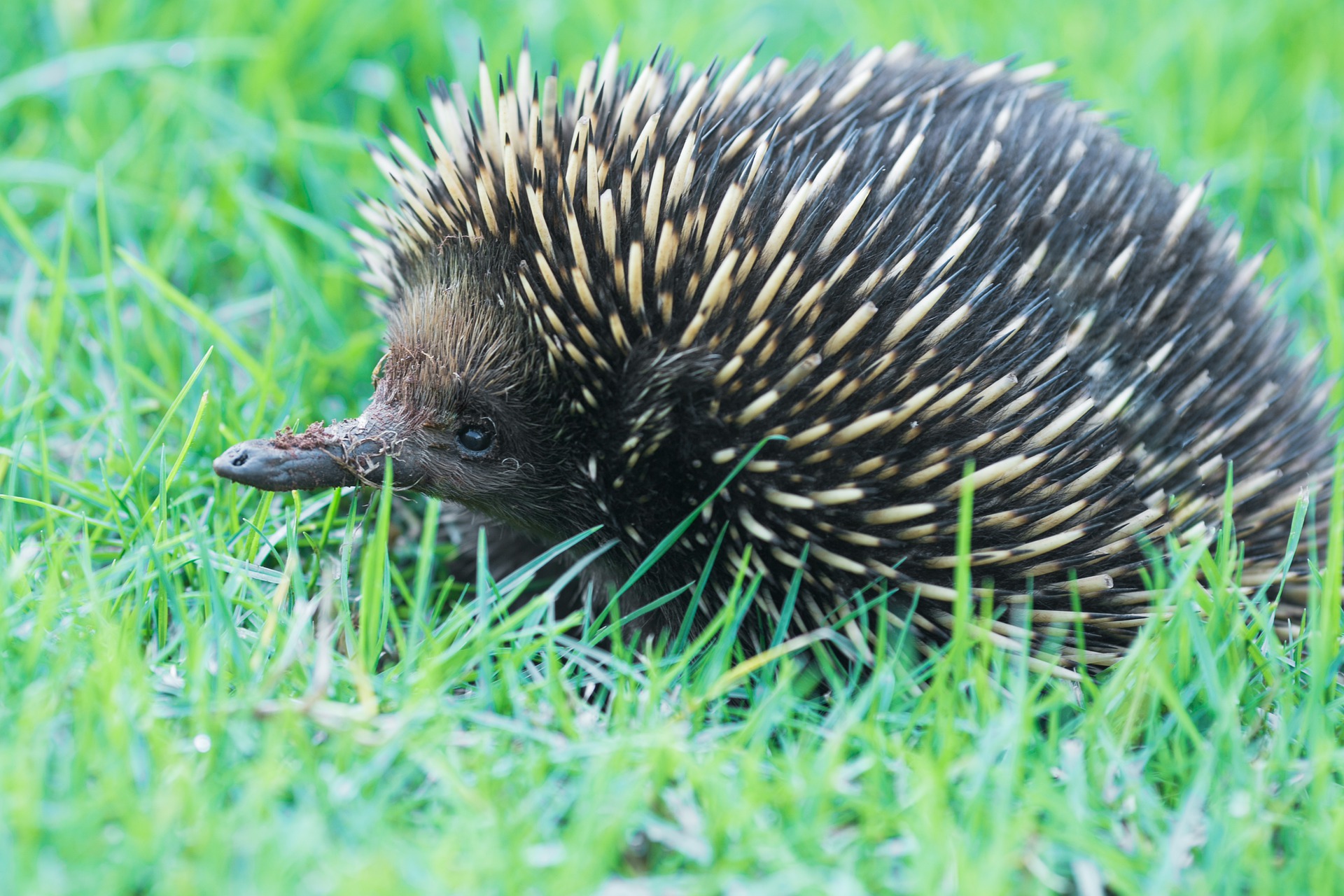Media release
From:
Attachments
Note: Not all attachments are visible to the general public. Research URLs will go live after the embargo ends.

Research
Springer Nature, Web page
Please link to the article in online versions of your report (the URL will go live after the embargo ends).
Journal/
conference: Nature
conference: Nature
Research:Paper
Organisation/s:
The University of New England, Indiana University of Pennsylvania, USA
Funder:
The study was supported by the National Science Foundation of China (41688103,41728003), the Double First-Class joint programme of Yunnan Science and Technology Department and Yunnan University (2018FY001-005), China–Myanmar Joint Laboratory for Ecological and Environmental Conservation and US National Science Foundation grant DEB 1654949.



 Australia; International; NSW
Australia; International; NSW


